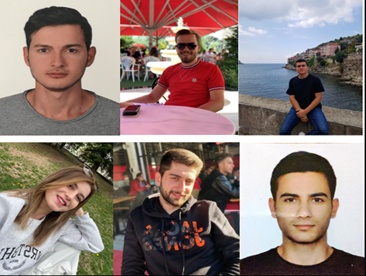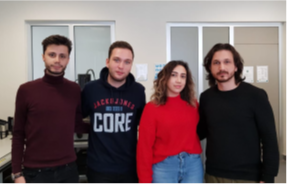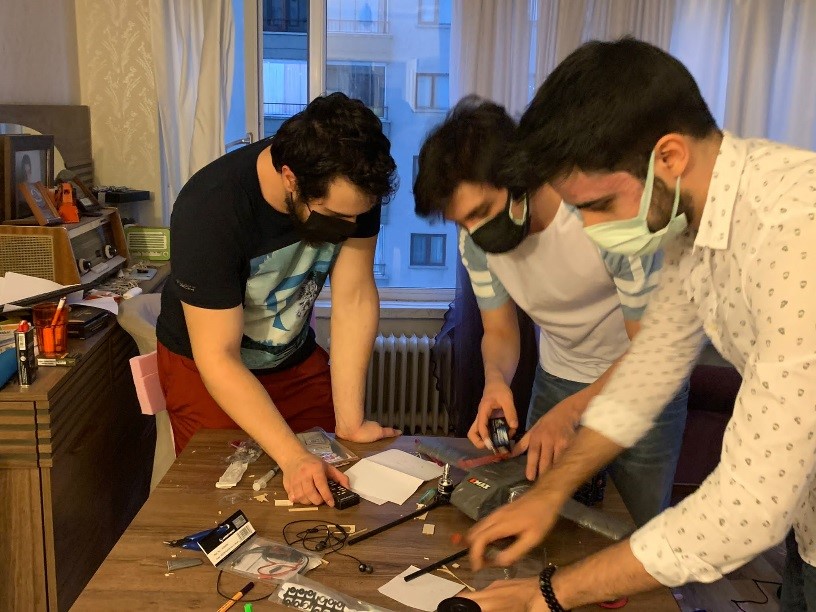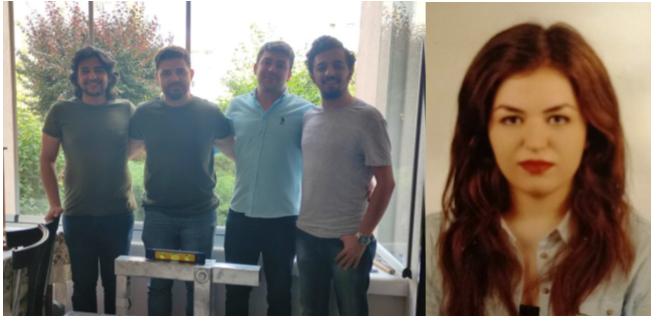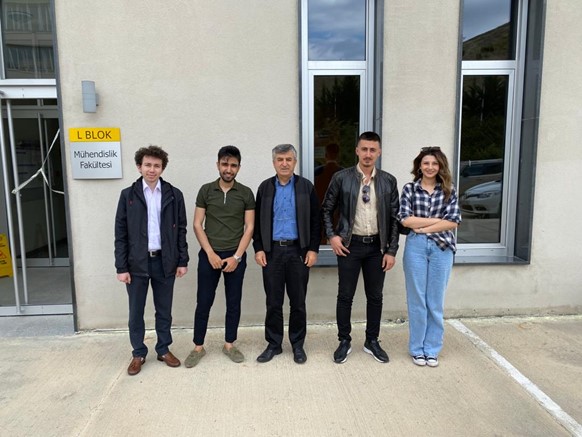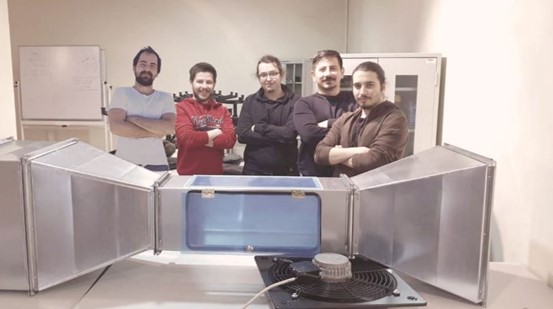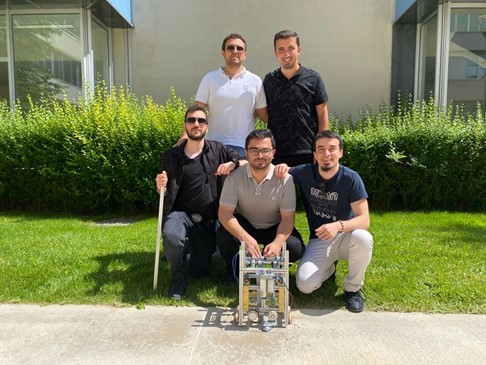Abstract : A fixed wing unmanned mini/midi VTOL aircraft with vertical take-off and landing capability on any ground during landing and take-off has been designed. Design studies included literature survey, deciding on design specifications, project planning and management, conceptual design, embodiment design, detailed design, preparation of production documentation for each part and assembly (route sheets and operation sheets related to manufacturing), and test documentation to be used in verifying design, implementation of production and tests. A design study consisting of 29 customer requests and 32 engineering characteristics, 76 sub-features proposed for providing functions and solving problems in the design, and a total of 276 ideas, was carried out. The aircraft can reach an altitude of 4500 m with at least 500 gr payload, reach a speed of 120 km/h, fly 140 km distance, stay in the air for 4 hours, accelerate ±5 g and perform a remotely controlled task.
